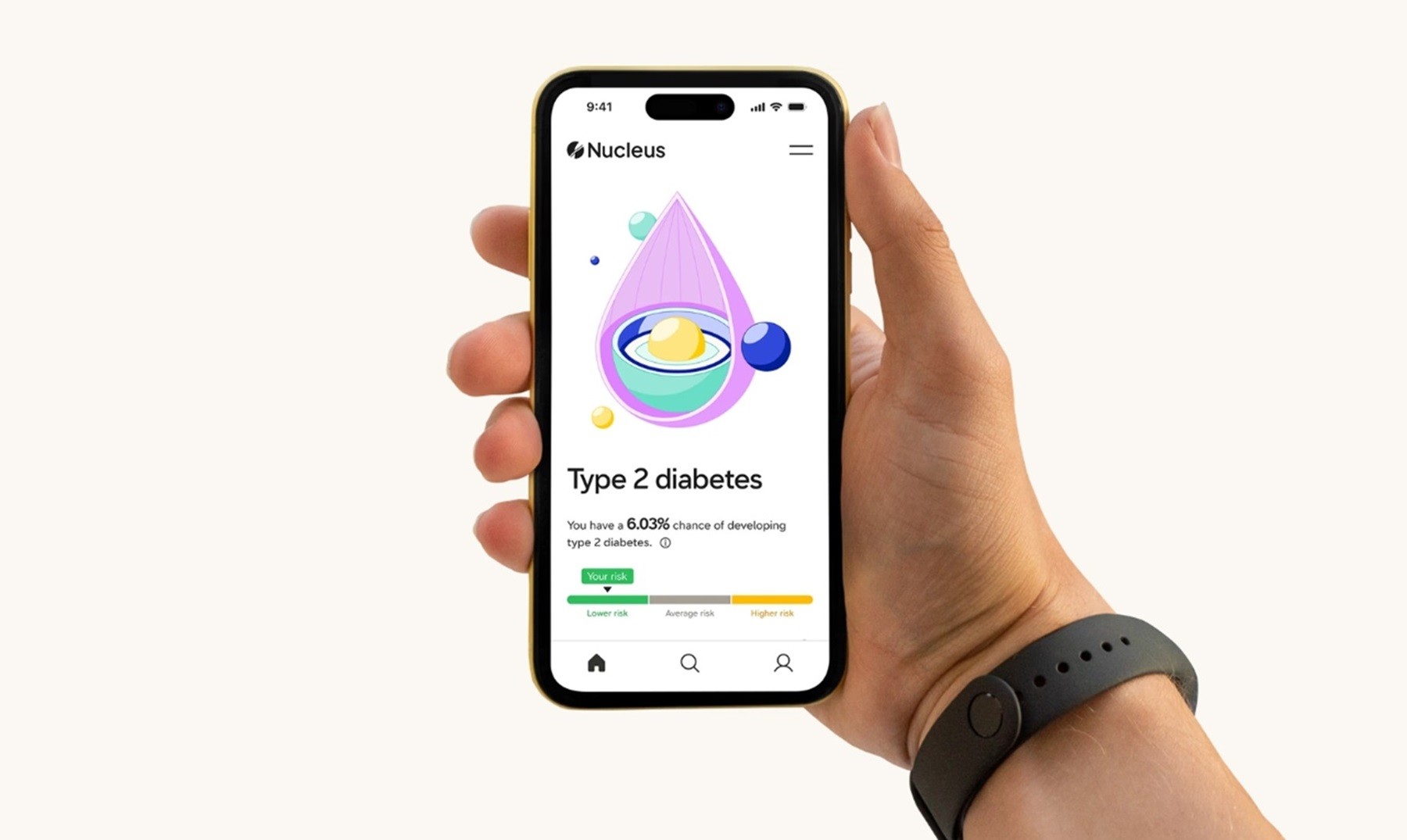What you eat plays a fundamental role in your health and longevity. Although Dr. Peter Attia believes exercise is crucial to longevity, nutrition shouldn’t be overlooked.
His approach to nutrition, like many of his other ideas, is rooted in science and an in-depth understanding of human physiology. In his book Outlive, he recognizes that nutrition goes beyond simple healthy eating and considers how food impacts our bodies individually.
Peter Attia’s diet has evolved over the years as his understanding of the science of longevity deepens. In this article, we review Peter Attia’s current diet and explore the science behind his dietary framework.
What does Peter Attia eat in a day currently?

Source: Get Up Earlier
A few years ago, Peter Attia was a staunch advocate of the keto diet. Now, he has shifted his focus to a more balanced meal plan that supports his lifelong goals of healthy living. In one of his Ask Me Anything podcast episodes, he revealed that his current nutrition goals include:
Increasing muscle mass
Reducing body fat
This is mainly because he believes muscle mass retention is crucial for longevity and for maintaining your physical routines as you age. To help him stay on track to achieve his goals, he takes this approach to nutrition:
Eating 1 g of protein per lb of body weight (or 2.2 g per kg)
Eating 2,700–2,800 calories per day
Tracking protein and calorie intake through an app called Carbon
The protein target equates to a substantial daily intake distributed across his meals. He typically consumes about 45–50 g of protein four times daily, as outlined in the following table:
While Attia previously explored carbohydrate restriction with the keto diet, his current approach to nutrition prioritizes protein intake and overall caloric balance. He now focuses on ensuring sufficient protein to support muscle growth and maintenance while keeping his daily caloric intake within 2,800 calories.
Does Peter Attia’s diet plan include supplements?

Source: Nataliya Vaitkevich
Attia’s dietary plan includes supplements as he believes they help reduce inflammation, improve sleep, and increase performance and strength. However, his approach to supplementation emphasizes personalization based on your needs and regular health assessments.
Attia strategically uses supplements to mitigate potential nutrient deficiencies during fasts. These include:
Methylated B vitamins
Slow-absorbing magnesium and magnesium L-threonate
2 g of sodium via bouillon
He generally avoids certain supplements during fasting, such as rapamycin, metformin, and EPA/DHA, due to their potential to disrupt the fasted state. When Attia isn't fasting, his supplement regimen is more extensive. Common supplements in his stack include:
Omega-3 fatty acids (EPA/DHA): 2.5 g of EPA and 1 g of DHA daily
Vitamin D3: 5,000 IU every morning
Creatine: 5 g daily
Protein powder: One shake daily
Aspirin: Low dose (81 mg)
Electrolytes: Dose unspecified
Probiotics
Rapamycin: 8 mg
Ashwagandha: Taken at nighttime
Glycine: 2 g
Attia emphasizes that what works for him may not be appropriate for everyone. He recommends taking blood tests to identify potential deficiencies or areas where supplementation may be beneficial. He also suggests working with a healthcare professional to determine the dosage that’s best for you.
Bonus reads — Learn more about supplementation in our other detailed guides:
What Peter Attia’s daily diet used to look like

Source: Steve PB
Peter Attia’s dietary plans have undergone phases and modifications in line with his perspective shifts on nutrition and longevity. In the past, he used to focus on the following dietary frameworks:
Ketogenic diet
Intermittent fasting (IF)
Water fasting
1. Ketogenic diet
Peter Attia explored the ketogenic diet for approximately three years (2011–2014), predating its popularity. His approach involved two phases:
An initial two-week period of strict carbohydrate restriction (20 g daily)
A more flexible phase, limiting carbs to 100 g per day
During this time, Attia found the ketogenic diet effective for weight management — he was leaner than ever and mentally and physically fit. While he found the diet beneficial, Attia eventually transitioned away from it in 2014.
His reasons for moving away from the ketogenic diet weren’t due to a lack of efficacy but due to the health risks it poses and his evolving views on optimal nutrition for longevity, prioritizing muscle mass, sustainability, and individual variability.
2. Intermittent fasting
From 2014 to 2020, Attia incorporated intermittent fasting into his dietary regimen, initially fasting for 14–16 hours daily and later increasing this window to 20–22 hours. This approach also included other dietary adjustments:
During periods of IF, he consumed one meal of about 3,000 calories, eaten towards the end of the day. If he was eating multiple meals, he would skip breakfast and begin eating at noon or lunch.
His diet eliminated added sugars, high-fructose corn syrup, and processed junk food. Instead, he ate healthy starches and vegetables.
Here’s an example of the composition of a single large meal during his extended periods of IF:
Attia initially explored IF for its potential benefits to cellular autophagy and improved metabolic health. However, he has since modified his approach, listening to his body’s signals and prioritizing flexibility over a strict fasting schedule.
He emphasizes that the optimal fasting window varies depending on individual needs and health goals. He also thinks that IF isn’t universally necessary but can be a potentially useful tool for individuals with health issues and fat or muscle to spare.
3. Water fasting
During his intermittent fasting phase, Attia frequently engaged in long stretches of water fasting. In his book Outlive, he writes that there are several benefits to fasting for more than a day, including:
Reduction in blood sugar and insulin levels
Elevation in ketone levels, curbing appetite, improving insulin sensitivity, and reducing inflammation
Moderation of blood pressure, triglycerides, and cholesterol levels
Boost in metabolism and increased levels of human growth hormones
Improved autophagy — a cell recycling and improvement process that enhances their function
He typically did a seven-day water fast once every three months. He started by building up momentum with a seven-day ketogenic diet before the fast, then fasted for seven days, and finished with another week of keto. This “keto-fast-keto” routine lasted until 2019.
In 2020, he modified his water fasting regimen again, shortening it to three days. He did this because he realized the longer fasting duration was more intrusive. It also allowed him to maintain the volume and intensity of his workouts due to less glycogen depletion.
While Attia still has some deep convictions about fasting and its benefits for longevity and health, in a recent interview with Thomas DeLaeur, he mentioned that he hasn’t engaged in a multi-day fast since 2020. He says fasting results in a considerable decrease in muscle mass, and according to his famous exercise framework, muscle retention is essential for longevity.
Peter Attia’s meal plan: Understanding his nutritional framework

Source: Peter Attia, MD
Attia emphasizes a personalized approach to nutrition, recognizing that no single diet works for everyone. He highlights three key mechanisms (levers) for managing food intake, all ultimately aimed at achieving a caloric deficit, which helps reduce the risk of neurodegenerative diseases. These are:
Calorie restriction (CR): This involves consuming fewer calories than your body burns, aiding weight loss and sustainable maintenance. While calorie counting can help ensure a deficit, it’s not strictly required as long as overall intake is reduced.
Intermittent fasting (Time restriction): Limits eating to a specific window, naturally reducing calorie intake. Attia experimented with various intermittent fasting protocols but now uses a more flexible, personalized approach as needed.
Dietary restriction (DR): This focuses on eliminating specific types of food from the diet, specifically unhealthy processed foods and junk food. These foods are often high in calories and low in nutrients, leading to weight gain and other health concerns. Diet restriction also involves avoiding foods due to allergies, intolerances, or other sensitivities.
Pulling all three levers at once
Attia describes his nutritional framework as built around three key levers: CR, TR, and DR. To achieve longevity and avoid health decline, he advises pulling at least one of these levers at all times. For the best results, frequently pull on two levers and occasionally pull all three.
You should always avoid the standard American diet (SAD) — a modern diet that includes ultra-processed foods, added sugar, fat, and sodium, lacking fruits, vegetables, whole grains, and lean protein.
Prioritizing even one of the levers frequently moves you away from this less healthy American diet. As a rule, Attia emphasizes that any eating pattern you choose should support muscle mass retention and encourage long-term physical activity.
Other nutritional tips from Peter Attia
Here are some additional nutritional tips from Peter Attia that are especially important for maintaining a long lifespan and a good healthspan:
Avoid junk food: This includes highly processed foods such as fruit juices, sweetened beverages, and other packaged edibles. Attia recommends avoiding them because they deliver too much glucose to the gut too quickly. This sudden spike can overwhelm your body’s ability to process sugar and cause harm.
Consume more protein: According to Attia, you need more than the current U.S. Recommended Dietary Allowance for protein, which is 0.8 g per kg of body weight daily. To maintain muscle as you age, he suggests aiming for at least 2.2 g of protein per kg of body weight daily.
Monitor your glucose levels: Everyone responds to carbohydrates differently, so it’s important to understand your metabolism, specifically your insulin sensitivity to carbohydrates. For more accuracy, Attia suggests using a continuous glucose monitor to track how different foods affect your blood sugar and adjust your diet accordingly.
Drink less alcohol: When it comes to alcohol, less is better — it has no real nutritional benefits and poses health risks, including being a potent carcinogen. It also promotes mindless eating, which can lead to weight gain. Attia recommends limiting your intake to no more than two drinks daily and seven drinks weekly.
Dr. Attia's diet: Personalization holds the key to dietary success
Dr. Peter Attia takes a personalized approach to nutrition, as he believes no one-size-fits-all diet exists for optimal health and longevity. He emphasizes that your personal needs and health goals should guide your dietary choices.
For instance, a nutritional plan designed to address a serious health issue, like type 2 diabetes, might not be appropriate for someone with an already healthy metabolism who wants to maintain good health.
Because everyone has a unique metabolism, the same diet can have varying effects. A person on a low-carb ketogenic diet, for example, may lose a considerable amount of weight. In contrast, another individual on the same diet could gain weight and develop other health issues.
Rather than following mainstream dietary trends that offer a generic approach to nutrition, Attia suggests customizing your diet until you figure out what works best for you.
Achieving true dietary personalization, however, is challenging. It requires tailoring your meals to align with your metabolism, health goals, and health markers, some of which you may not be aware of.
This is where having a more in-depth understanding of your body becomes essential. One simple and efficient way to gain these insights is through genetic testing. By analyzing your DNA, you can identify key traits that influence your health and performance.
Nucleus, a cutting-edge genetic testing platform, offers a comprehensive whole-genome DNA test that provides useful insights into your metabolism, nutrient requirements, and disease risks, aiding you in creating a more customized dietary plan.
Nucleus: Your DNA-driven guide to a personalized diet
Nucleus is the first clinical-grade platform in the U.S. to decode nearly 100% of your genetic code. Unlike commercial testing services that only analyze less than 1% of your DNA, Nucleus uses whole-genome sequencing (WGS) to examine your entire genome.

Beyond genetic information, Nucleus gathers data about your lifestyle and environmental factors, including age, sex, BMI, and cholesterol levels, through a detailed questionnaire. This approach allows Nucleus to interpret your genetic information within the context of your lifestyle, providing more accurate and personalized health insights.
The resulting report includes predispositions and risk scores for over [NUM_CONDITIONS_SCREENED] conditions, plus diet, fitness, and lifestyle recommendations to lower your health risks. In the report, you’ll also find numerous insights related to nutrition, such as your predispositions to:
Kidney and liver diseases
Metabolic diseases
Food and diet sensitivities
Digestive health issues
Vitamin metabolism issues
BMI
Having undergone genetic testing, Peter Attia recognizes the benefits of taking a whole-genome DNA test to understand one’s genetic makeup better. Still, he believes that having healthcare professionals interpret your results is important.
Although your test results are generally easy to understand, Nucleus partners with SteadyMD to provide you with counselors who can guide you in making health decisions based on your results. You’ll also get AI-driven health tips that help you make sense of your genetic data and turn it into actionable steps.
How to get started with Nucleus

Nucleus makes the genetic testing process simple with an easy-to-use at-home test kit. The Nucleus Premium kit is the most affordable and accessible test in the U.S., and the results reveal how your DNA shapes your health.
Here’s how to get started:
Fill out your personal information
Place an order for your DNA kit
Once your DNA kit arrives, the testing procedure is simple — follow the instructions and swab the insides of your cheeks to collect your DNA sample. Then, send the sample to the lab and wait 6–8 weeks for your results, which will be available online. There’s also no need to worry about your security — the company is HIPAA-compliant, and its labs are CAP-accredited and CLIA-certified, ensuring the utmost safety and privacy of your data.
You may also like…
If you’re interested in Dr. Peter Attia’s additional work on longevity, these topics may interest you:
Featured image source: Ella Olsson












